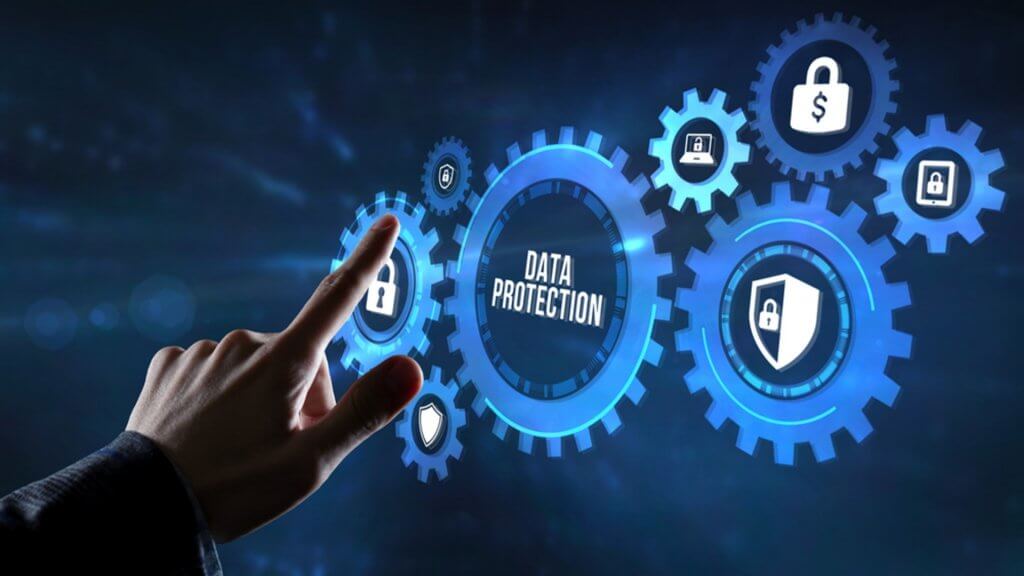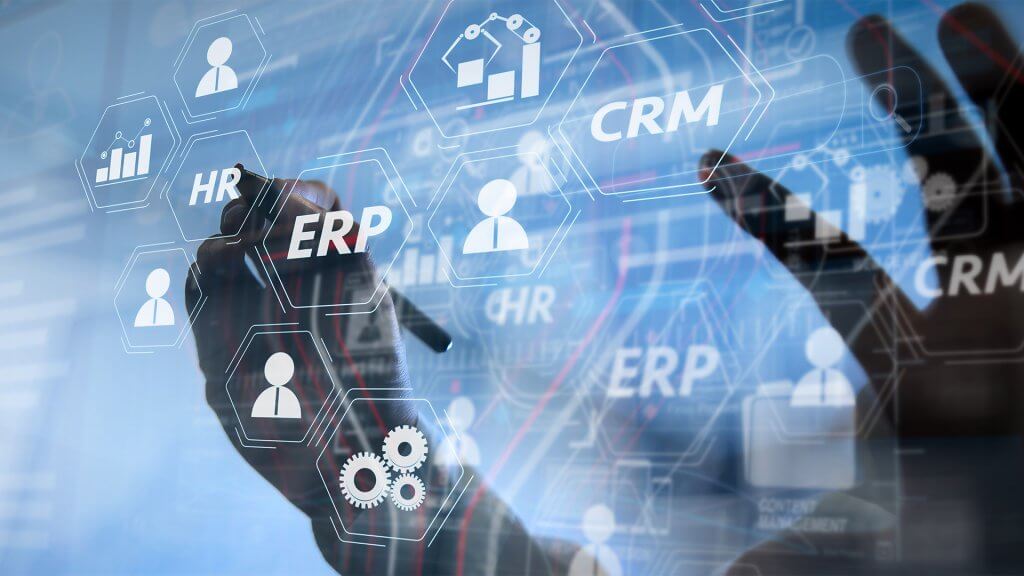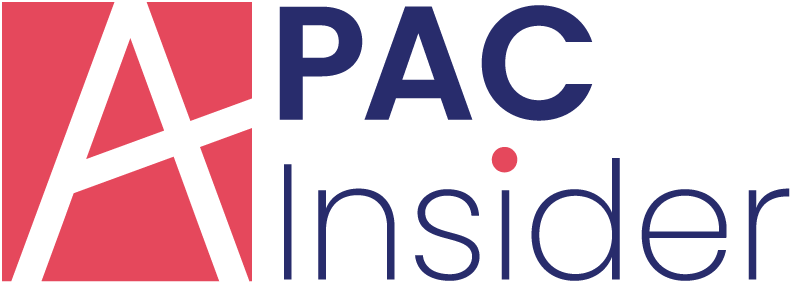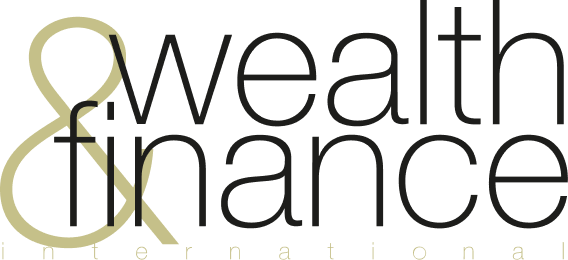
Payroll data is highly attractive to hackers due to its combination of sensitive personal and financial information. This type of data provides a goldmine of opportunities for cybercriminals to exploit for various malicious purposes.
Payroll data, rich in Personally Identifiable Information (PII), is a prime target for hackers. Payroll data typically includes employees’ bank account details, social security numbers, and other financial information. Hackers can use this information for identity theft, fraudulent transactions, or even selling it on the dark web, resulting in significant financial gains.
Moreover, hackers might seize control of payroll data and demand a ransom in exchange for its release. Since payroll information is critical for business operations, organizations might feel compelled to pay to regain access to this vital data.
A breach can lead to identity theft, fraud, and serious financial consequences. Implementing payroll security best practices is vital to mitigate these risks and protect sensitive information.
10 Payroll Security Measures
1. Use strong passwords and two-factor authentication
This will make it more difficult for hackers to gain unauthorized access to your payroll data. Utilizing strong passwords and implementing two-factor authentication serves as a robust safeguard against unauthorized access to your sensitive payroll data. Strong passwords are characterized by their complexity, combining a mix of uppercase and lowercase letters, numbers, and special characters. These intricate passwords are substantially harder for hackers to decipher through brute-force or dictionary attacks, effectively creating a formidable barrier to entry. In addition to strong passwords, the implementation of two-factor authentication (2FA) adds an extra layer of security.
2. Encrypt sensitive data
This will protect your data from being read if it is intercepted in transit or stored on your computer. Encrypting sensitive data is a crucial security practice that involves transforming readable information into a coded format that can only be decoded and understood by authorized individuals with the appropriate decryption keys. This process helps protect sensitive data from unauthorized access, ensuring that even if someone gains access to the encrypted data, they won’t be able to make sense of it without the necessary decryption credentials.
3. Regularly back up data
This will help you to recover your data in case of a data breach or other disaster. Regularly backing up data is a crucial practice that involves creating duplicate copies of your valuable information and storing them in a secure location. These backups serve as a safety net in case of unexpected data loss, whether due to hardware failures, cyberattacks, human errors, or natural disasters. By having up-to-date backups, you can quickly restore your data and minimize the impact of disruptions on your business or personal activities.
4. Have a plan in place in case of a data breach
This plan should include steps for notifying employees, law enforcement, and credit bureaus, as well as offering identity theft protection.
5. Keep your software up to date
Software updates often include security patches that can help to protect your data from vulnerabilities.
6. Use a firewall and antivirus software
This will help to protect your computer from unauthorized access and malicious software.
7. Segment your network.
This will help to isolate your payroll data from other parts of your network, making it more difficult for hackers to access.
8. Educate your employees about cybersecurity
Make sure your employees know about the importance of security and how to protect themselves from Ransomware attacks, phishing attacks, and other threats.
9. Conduct regular security assessments
This helps identify and address any security vulnerabilities in your payroll system. Conducting regular security assessments is a fundamental practice aimed at evaluating the effectiveness of an organization’s security measures, identifying vulnerabilities, and taking proactive steps to mitigate potential risks. These assessments are essential for maintaining the security of digital assets, data, systems, and networks in an ever-evolving threat landscape.
10. Implement Role-Based Access Control (RBAC)
Limit access to payroll data only to those employees who need it for their job functions. Role-Based Access Control (RBAC) is a method of managing and controlling access to resources within a system or organization based on the roles and responsibilities of individual users. In RBAC, access permissions are assigned to specific roles, and users are assigned to those roles based on their job functions and responsibilities. RBAC provides a structured and efficient way to manage access to various resources, such as files, databases, applications, and systems, by ensuring that users only have access to the resources necessary for their roles.
In Conclusion
Safeguarding your payroll data demands a comprehensive approach to security. By implementing these ten payroll security measures, you’re fortifying your defense against potential breaches and unauthorized access.
By utilizing strong passwords, encryption, regular backups, and proactive breach response plans, organizations can set the stage for data protection and recovery. Consistently updating software, employing firewalls and antivirus solutions, segmenting networks, educating employees, and conducting routine security assessments collectively contribute to a resilient security posture.
The implementation of Role-Based Access Control ensures that only authorized personnel handle payroll data, minimizing risks and enhancing the overall integrity of the payroll system. Embracing these measures demonstrates a commitment to safeguarding sensitive information and maintaining the trust of your employees and stakeholders.






















